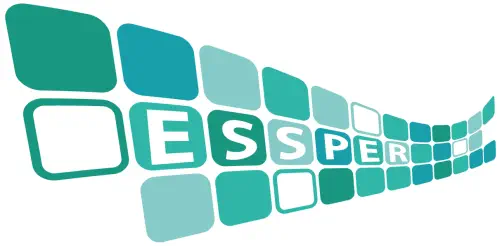Associazione ESSPER
periodici italiani di economia, scienze sociali e storia
periodici italiani di economia, scienze sociali e storia

Autore
Bocci, Maria
Titolo
L’eco del dissenso dell’Est Europa nei movimenti ecclesiali: un confronto a due voci
Periodico
Bollettino dell'archivio per la storia del movimento sociale cattolico in Italia (Online)
Anno: 2025 - Fascicolo: 1 - Pagina iniziale: 3 - Pagina finale: 30
The present contribution aims to verify the approach to Eastern European dissent of two ecclesial movements, the Focolare Movement and Gioventù Studentesca/Communion and Liberation, which had a certain influence on Italian public opinion. Starting from the analysis of the journals produced by both movements between the 1960s and 1970s, the aim is to contribute to the identification of themes, times and modes of the Italian reception of dissent, bringing out unforeseen and, in some ways, dissimilar points of view.
SICI: 1827-7977(2025)1<3:LDDDEN>2.0.ZU;2-L
Testo completo: https://movimentosocialecattolico.vitaepensiero.it/scheda-articolo_digital/maria-bocci/leco-del-dissenso-dellest-europa-nei-movimenti-ecclesialiun-confronto-a-due-voci-000072_2025_0001_0003-400330.html
Esportazione dati in Refworks (solo per utenti abilitati)
Record salvabile in Zotero
Biblioteche ACNP che possiedono il periodico
